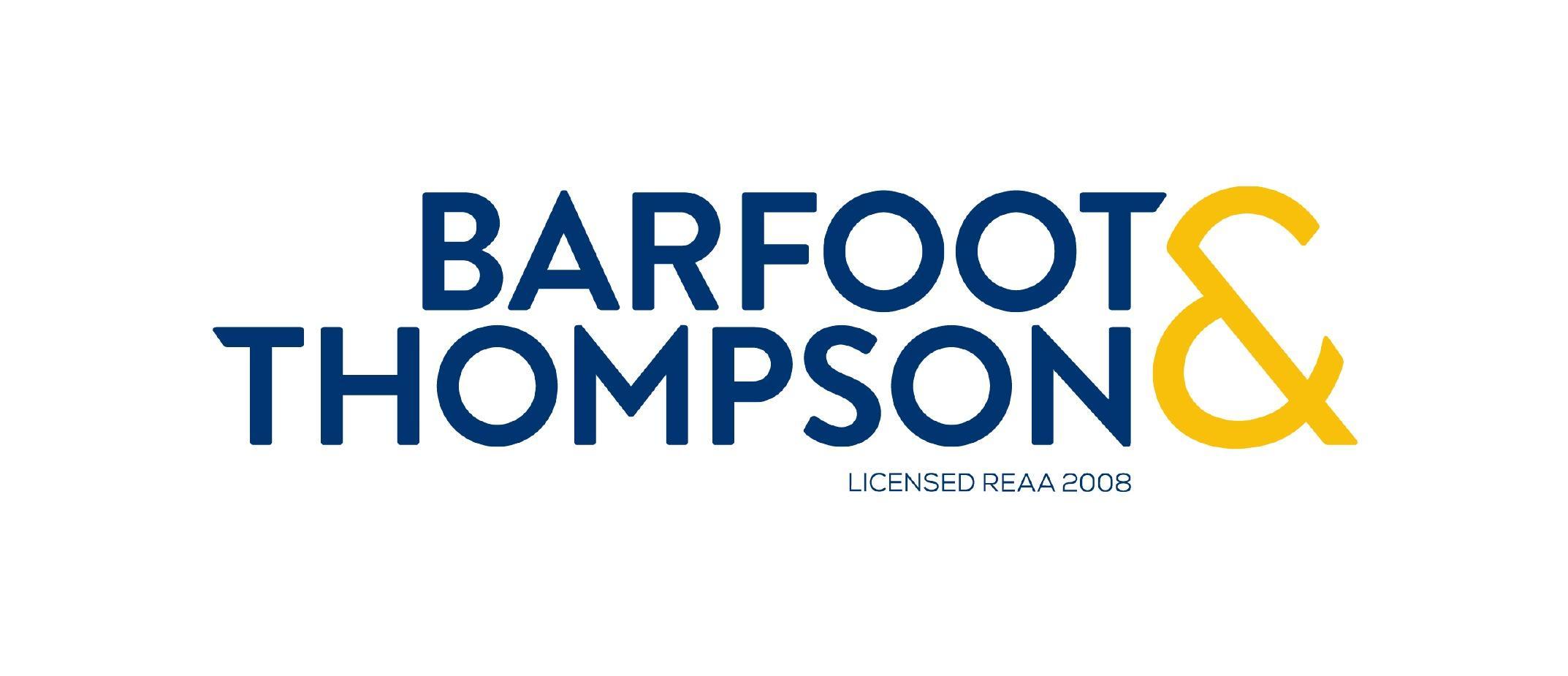The Christchurch earthquakes not only rocked the foundation of a beloved city, they had also placed additional uncertainties on property owners, financiers and insurers. In the last 26 months, terms such as ‘Z factor’, ‘seismic ratings’, ‘NBS’, ‘IEP’, had flooded the property industry lexicon. As Bayleys’ latest B Informed article Earthquake Aftershocks Rock Property Markets states, “…valuers… now face a whole new challenge in ascertaining just what effect the seismic shake up is having on property prices.”
Now that the Kiwi property market slowly sheds itself of the leaky home shackles, minds of buyers, tenants, insurers, councils and bankers are now turning to earthquake readiness. Recent reports suggest the property industry could be hit hard by the magnitude of seismic repairs which could be as much as $100b.
The earthquake readiness of a property not only affects the value of the property, it also impacts insurance levy and prospect of tenancy. Especially in the case of commercial buildings, banks and councils would also want accurate seismic information.
Now that the Kiwi property market slowly sheds itself of the leaky home shackles, minds of buyers, tenants, insurers, councils and bankers are now turning to earthquake readiness. Recent reports suggest the property industry could be hit hard by the magnitude of seismic repairs which could be as much as $100b.
The earthquake readiness of a property not only affects the value of the property, it also impacts insurance levy and prospect of tenancy. Especially in the case of commercial buildings, banks and councils would also want accurate seismic information.
Seismic information is gathered using a Two-Steps Process
Step 1: Initial Evaluation Process (IEP)
Banks and local councils commonly use IEP as a method of seismic assessment. Basically, IEP is a percentage of the measure of a building’s earthquake resilience over the National Building Standard (NBS).


Step 2: The Seismic Hazard Z Factor
Now we are no seismologists (and chances are, neither are you), but basically a Z factor is a numerical representation of how quickly the ground will move in the event of an earthquake. The higher the Z factor the more movement there is. A Z factor of over 0.20 indicates a known association to an underlying crustal fault. In October 2011, the Z factor of Christchurch has been upgraded to 0.3 from 0.22.
Z factor is affected by location. Wellington has a Z factor of 0.4 and Auckland has a Z factor of 0.13. Consequently the percentage scoring on the NBS score in Wellington will roughly be required to be three times that of Auckland.
While a 34% NBS is considered minimum standard of earthquake readiness by the Auckland Council, its Wellington counterpart requires buildings to score at least 67% of NBS.
But Wait! It Ain’t Over Until The Fat Lady Sings
While it is up to the government to set minimum compliance standards for buildings, the value of a property will always be market, no policy, driven. At the end of the day each property has to be judged on its own merits. It is unlikely that buyers and tenants will use earthquake readiness as the one and only yardstick to determine their interests. ANZ’s Bill Marshall points out that financiers would want to know a buildings NBS rating and the cost of any remedial work required to get the building up to appropriate standard. “It doesn’t mean we won’t finance building that is below 67% of NBS, for example, it just means we have to factor that into the purchase.” Often times to get your building up to standard may require much less structural alteration that you think.













Add Comment